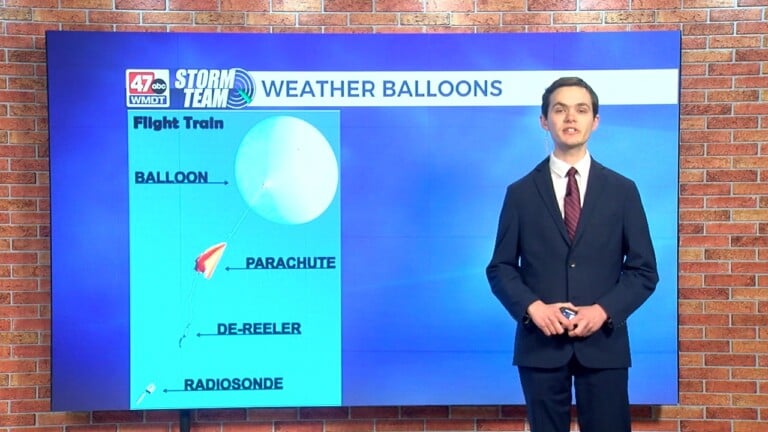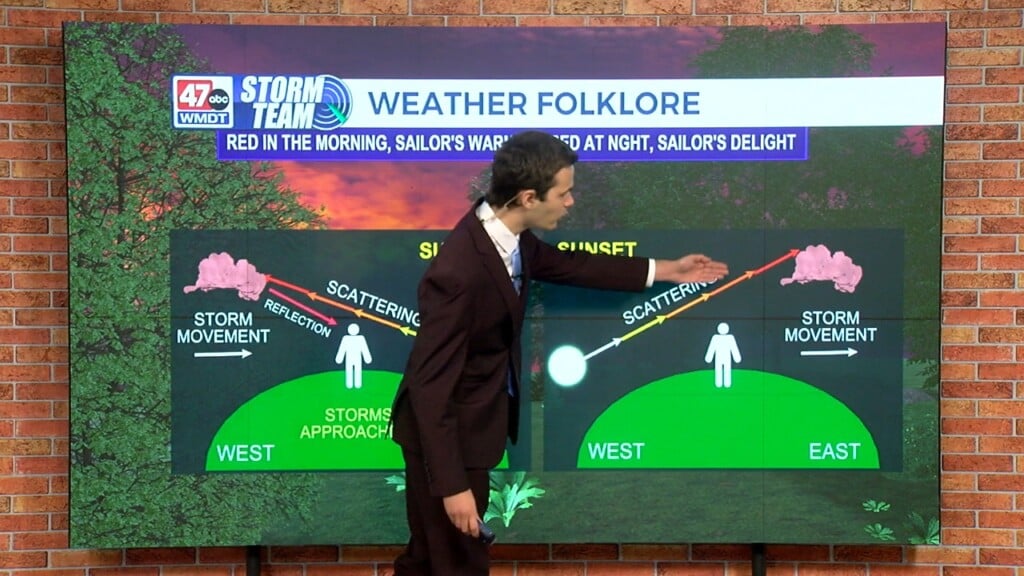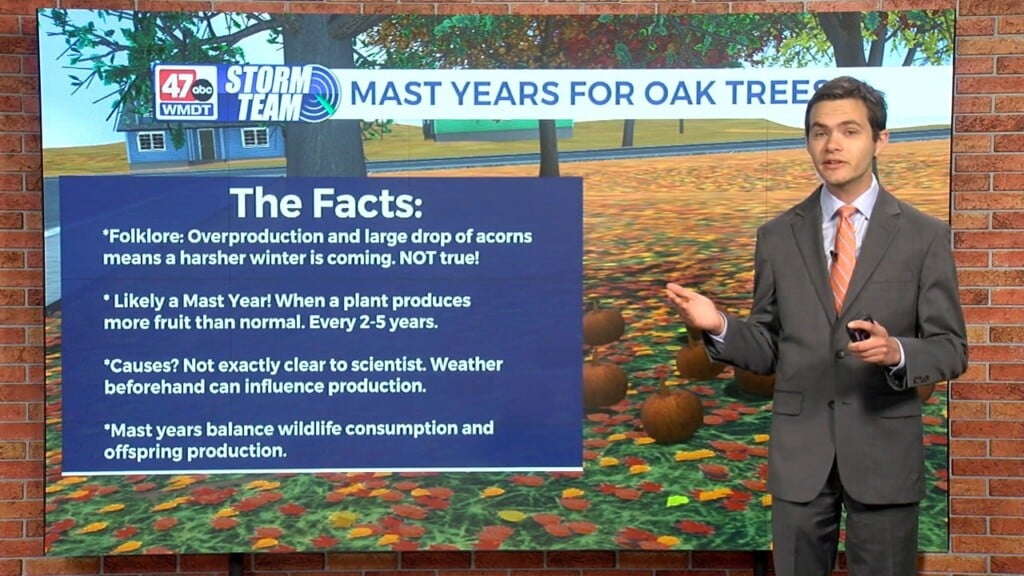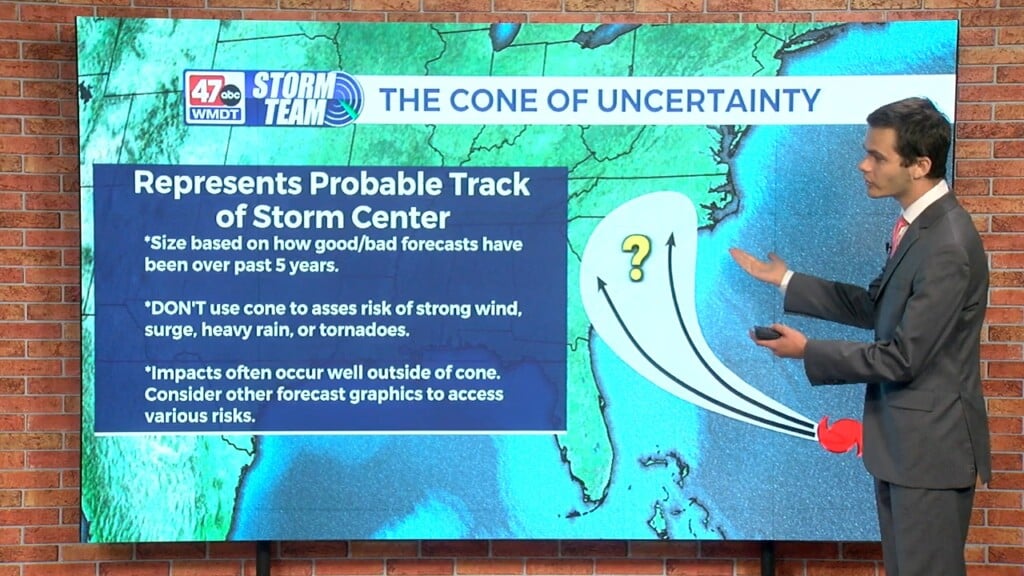Weather Tidbits: Weather Balloons

In this edition of Weather Tidbits, we’ll be discussing weather balloons. The National Weather Service launches weather balloons twice a day to collect data and observations of the atmosphere. Once in the morning and once in the afternoon. Attached to the balloon is a weather instrument called a radiosonde. As the balloon rises, the radiosonde sensor takes continuous one-second interval measurements of temperature, relative humidity, dewpoint, wind, and pressure readings. This data is sent to the ground receiver by a radio frequency transmitter. There are just over 90 stations that launch balloons. Balloon launches help us to study the atmospheric column. That data is displayed on a skew t diagram. The data is also ingested into weather forecast models for initialization. The balloon filled with helium eventually pops during its trip, and the radiosonde slowly falls via a parachute.


